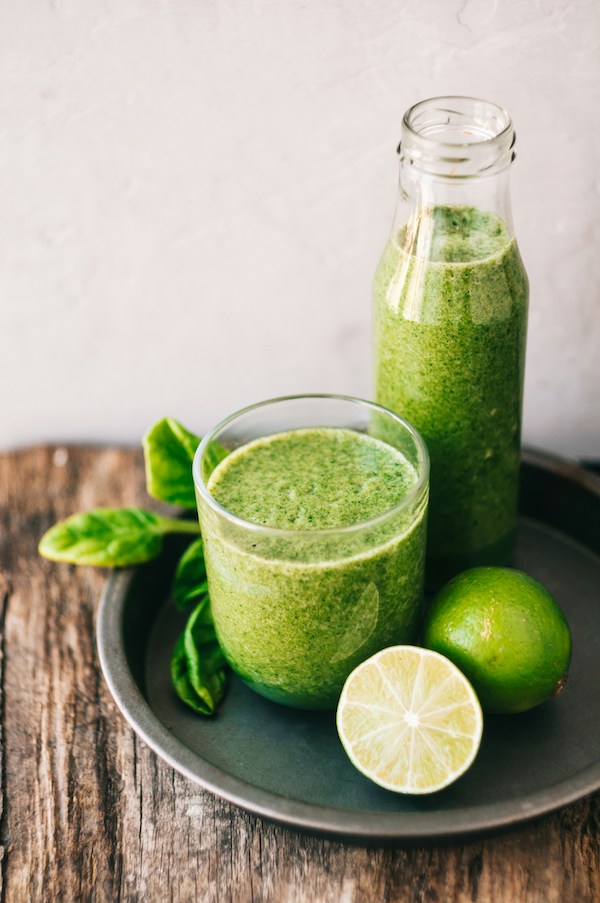Blog
Welcome to our comprehensive holistic health blog, where we explore natural medicine and integrative healing approaches to wellness. Our articles focus on finding root causes rather than just treating symptoms, covering essential topics like gut health, sleep optimisation, stress management, women's health, thyroid disorders, histamine intolerance and oxalate toxicity. Whether you're struggling with unexplained fatigue, digestive issues or seeking to improve your overall vitality, our blog provides practical insights and holistic strategies to guide you towards better health.


